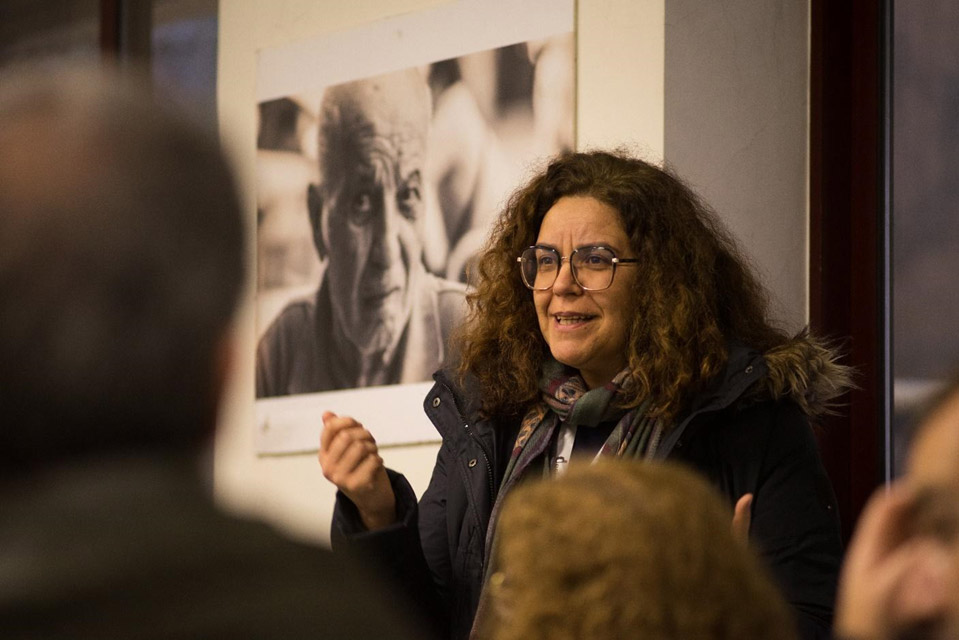Oral Traditional Storytelling
- Is an ancient art of telling stories through the voice and gestures that have been passed down from generation to generation;
- Can take many forms, including myths, legends, fables, epic poems, religion, prayers, chants, rhymes, songs, proverbs, and instructions;
- Not all of these stories are historically accurate or even true;
- Truth is less important than providing cultural cohesion.
Digital Storytelling
- When digital technology is used to create and tell stories;
- Can be defined as a 3 to 5 minutes short clip with sequences of various multimedia modes still images, graphics, photos, audio, music, video clips, narration, or written text, selected and woven together;
- To transmit messages to various audiences such as family, friends, care providers, community members, and the general public

Comparison of Traditional and Digital Storytelling
| Traditional Storytelling | Digital Storytelling |
|---|---|
| No use of technology. | Focus on technology. |
| Less time in preparation. | More time in preparation. |
| No writing process. | Drafting and rewriting. |
| Process-based. | Process and product-based. |
| Contents of the story are modified every time they are told, depending on the audience or the storyteller’s mood. | Such an organic approach is also available to both the digital storyteller and his audience. |
| Can be subjected to degradation over time or loss if not recorded and preserved properly. | Becomes static as a product can be stored and retrieved: the content is fixed but the digital storyteller can modify it by pausing the digital story and can access the content anytime. |
| The audience hears the story and needs to imagine the story to understand. This might pose a huge cognitive challenge to them hence making them passive listeners. | The audience can watch the visuals and hear the music or soundtrack to help them understand the story in a vivid way. |
| Commonly conducted in a small group audience. | Can involve a wider audience as separate individuals could watch the online digital story during their free time. |
| Oral feedback. | Oral and written / online feedback. |
| Immediate feedback. | Immediate and delayed feedback. |
